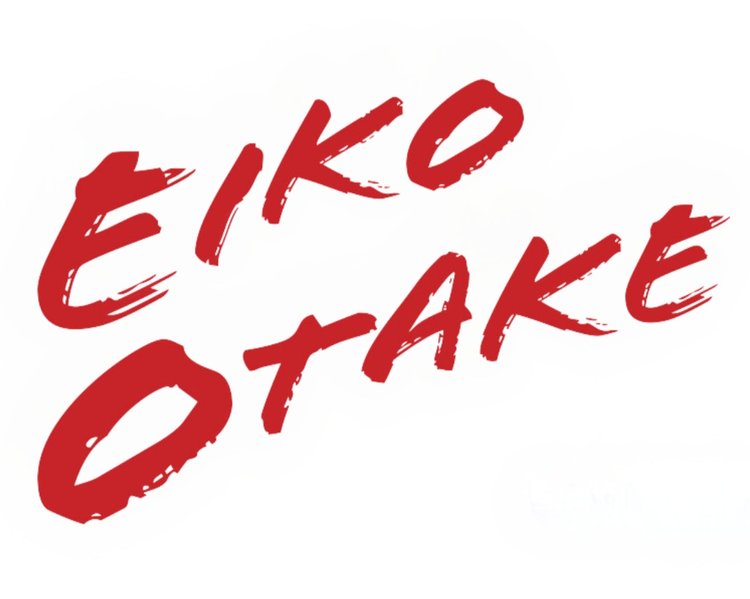Day 2 (May 1, 2020)
On May 1, Nora livestreamed her drawing Centipede on Facebook and Instagram from 8:30-9:30am EST.
“Nora started this project when she was in my class studying atomic bomb literature. She drew eight hours, making each person different. She continued to work on this project in three more occasions when I invited her. Now she draws from her living room in Brooklyn—again thinking and drawing each person, she cannot see but can imagine. They are right near her. You can witness her act of drawing and think your own thoughts. For me, her work gives me an opportunity to grapple with NOW by thinking of each person suffering and surviving. But at times, when she draws, it is as if a new person, a new voice, is born too.” —Eiko
Below are her reflections on the process:
Today felt about fear.
I was nervous about sharing this in real time. Of course, I’ve always drawn Centipede publicly. But this is different. I am controlling their view of it much more than I’d like. I wish each person watching could hover around me and get close or step back. I wish they could walk over to the start of the drawing, 15 feet away, and inspect an individual drawn five years ago. I wish they could breathe on the paper.
But this is the way we have to share right now. When we can’t be together, we can look at each, what we’re doing, through portals called screens. So this would have to do.
I kept thinking of the last time I saw more than one person at a time, a gathering, you could say–my COVID test. My boyfriend, Alex, and I drove to a testing site in Flatbush, Brooklyn, where we were greeted by a tall, lanky man in military garb and a medical mask who shouted to keep our window closed. He had mastered speaking loudly enough to hear through the his mask and the glass of my window without really yelling.
I watched a doctor and her assistant ready themselves for us. The doctor took off a pair of gloves to reveal another pair of gloves. She threw out the first, and rubbed hand sanitizer on her inner pair of gloves as if the plastic was now skin. She put on another pair over. I only opened my window halfway for her to stick a swab deep inside my head, through the nostril. It felt hot and swirling and pricked a tear duct deep in my skull I didn’t know I had, but I heard her counting to ten and resolved not to cough. It was intimate and gross and sad. I drove off, feeling like I was leaking from the right side of my face, noting that this was the only person I had been so close to besides Alex for over a month
Today, I kept drawing the man who shouted but did not yell (now I can remember his name on his uniform, Jean-Baptiste) and the doctor, a slight woman with an accent, despite puffing up with paper gowns and plastic face shields. I drew them over and over, the people I could imagine most readily.
My little hiccups of fear reminded me of the people I was drawing and the people I have drawn, and what might connect them. From the people searching for water after the atomic bombs, to the evacuees of Fukushima, to those holding onto the small rituals of normalcy during this pandemic and those working, wrapped in plastic, we are all in fear, we are all trying to survive. We are all tired. But we are holding onto our individual humanity while so much of what represents our time is percentages, death tolls, tallies. And we are trying to hold onto each other without touching, through comments on social media and heart emojis and faces on screens, through thick glass and fabric and plastic.
